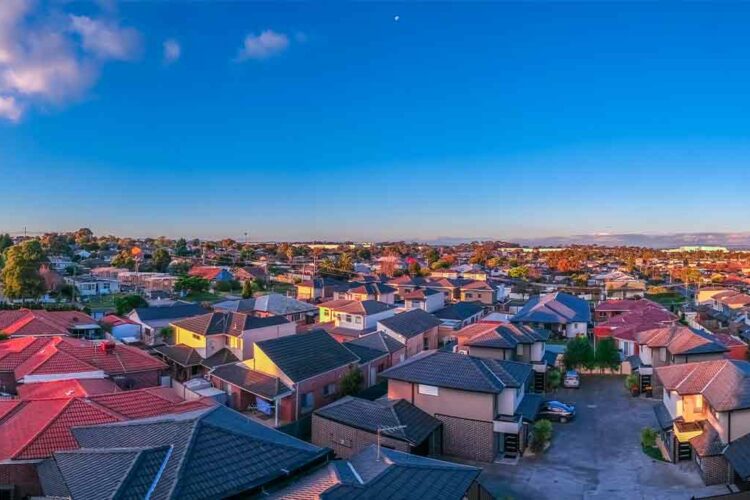The value of owner-occupier mortgages dropped almost 10 per cent in September, according to the Australian Bureau of Statistics.
In a month’s time, owner-occupier housing loans fell by 9.3 per cent to $16.8 billion in September 2022 according to the latest Australian Bureau of Statistics (ABS) data. In annual terms, owner-occupier mortgages fell 19.9 per cent.
However, owner-occupier loans were still 23 per cent higher when compared to the pre-pandemic level in February 2020.
Nationally, the average loan size for owner-occupier dwellings, which included construction and purchases of new and existing dwellings, fell slightly from $589,000 to $588,000 but still remained 23 per cent above pre-pandemic levels.
Borrower refinancing values for owner-occupier housing loan commitments saw a drop of 7.2 per cent in September at $11.9 billion, following a 2.8 per cent rise in August to a record high of $12.8 billion.
Following a fall of 3.4 per cent in August 2022, the ABS data revealed that the value of new loan commitments for housing declined 8.2 per cent to $25.1 billion in September 2022 in seasonally adjusted terms.
Moreover, the number of new loan commitments to owner-occupier first home buyers declined by 8.3 per cent during this period, which was followed by an increase of 10.4 per cent in August 2022. This decline was observed in all states as well as the ACT, however, the number for Northern Territory showed no change from the month of August.
HIA senior economist Nick Ward stated the Reserve Bank of Australia’s (RBA) tightening is “weighing heavily on demand for housing and the full impact will not emerge until the second half of 2023”.
“This slowing in housing finance data is consistent with other leading indications, such as HIA’s New Home Sales Survey, which have fallen more than 15 per cent in the September quarter,” Mr Ward added.
“If these trends are sustained, which is expected, then the 2.75 per cent increase in the cash rate so far will have brought this boom to an end.”
Senior economist at Westpac, Matthew Hassan, said: “Recent updates on turnover and prices, available up to Oct, suggest nominal transaction activity stabilised somewhat in recent months, suggesting we may see finance approvals do the same.
“That said, the continued rise in interest rates suggests there will be no let-up to the correction phase for markets and finance activity.”


